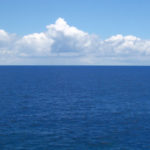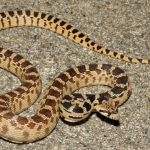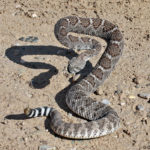Where do dugongs live ?
 In the past, the range was wider: the dugongs penetrated northward to Western Europe. According to some researchers, served as a prototype of mythical sirens (mermaids) . Later preserved only in the tropical belt of the Indian and southern Pacific Ocean: from the Red Sea along the eastern coast of Africa, in the Persian Gulf, off the northeast coast of India, near the Malay Peninsula, Northern Australia and New Guinea, as well as a number of Pacific islands. The total length of the modern range of dugongs is estimated at 140,000 km of coastline.
In the past, the range was wider: the dugongs penetrated northward to Western Europe. According to some researchers, served as a prototype of mythical sirens (mermaids) . Later preserved only in the tropical belt of the Indian and southern Pacific Ocean: from the Red Sea along the eastern coast of Africa, in the Persian Gulf, off the northeast coast of India, near the Malay Peninsula, Northern Australia and New Guinea, as well as a number of Pacific islands. The total length of the modern range of dugongs is estimated at 140,000 km of coastline.
Currently, the largest population of dugongs (more than 10,000 individuals) inhabits the Great Barrier Reef and the Torres Strait. Large populations off the coast of Kenya and Mozambique declined significantly after the 1970s. On the coast of Tanzania, the last specimen of the dugong was observed on January 22, 2003, after a 70-year hiatus. A small number of dugongs are found in Palau (Micronesia), near. Okinawa (Japan) and in the Straits of Johor between Malaysia and Singapore.
Dugongs live in warm coastal waters, shallow bays and lagoons. Sometimes they go out into the open sea; Go into estuaries and estuaries of rivers. Keep above the depths of no more than 10-20 m. The most part of the activity is the feeding, associated with the alternation of tides and tides, and not with a light day. Feed dugongs sail in shallow water, to coral reefs and shallows, to a depth of 1-5 m. The basis of their diet consists of aquatic plants from the families of red-water and vodkrasovyh, as well as seaweed. In their stomachs they found small crabs. When feeding 98% of the time they spend under water, where they “graze” for 1-3, maximum 10-15 minutes, then rise to the surface for inspiration. On the bottom often “walk” on the front fins. Vegetation is torn off with a muscular upper lip. Before eating a plant, a dugong usually rinses it in water, shaking its head from side to side. On the day the dugong consumes up to 40 kg of vegetation.



























